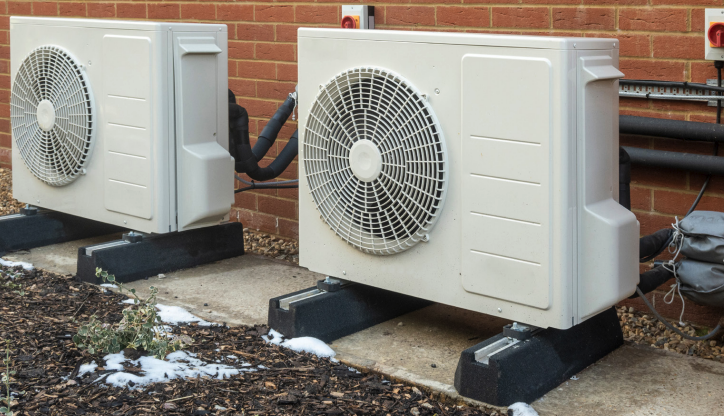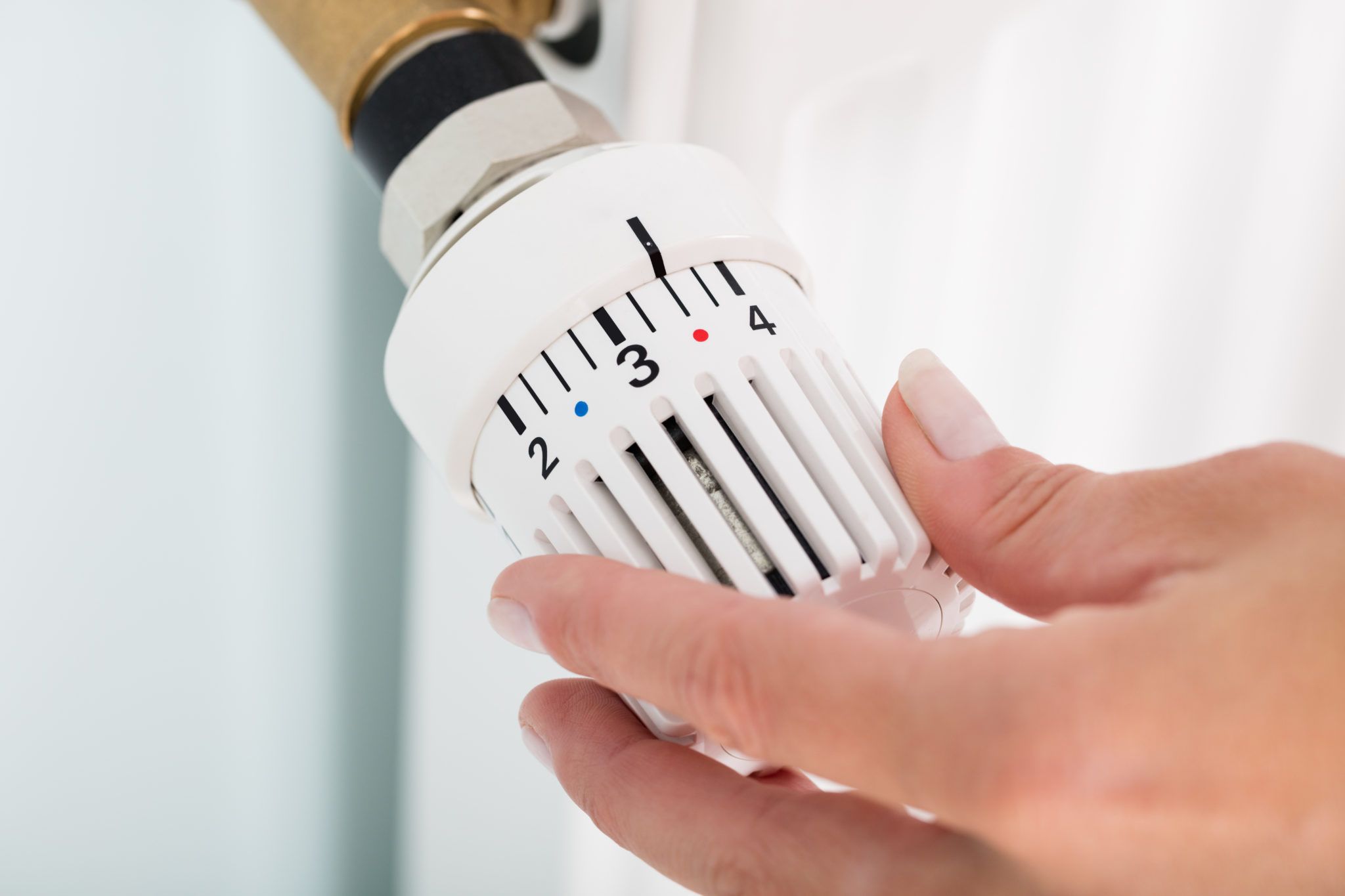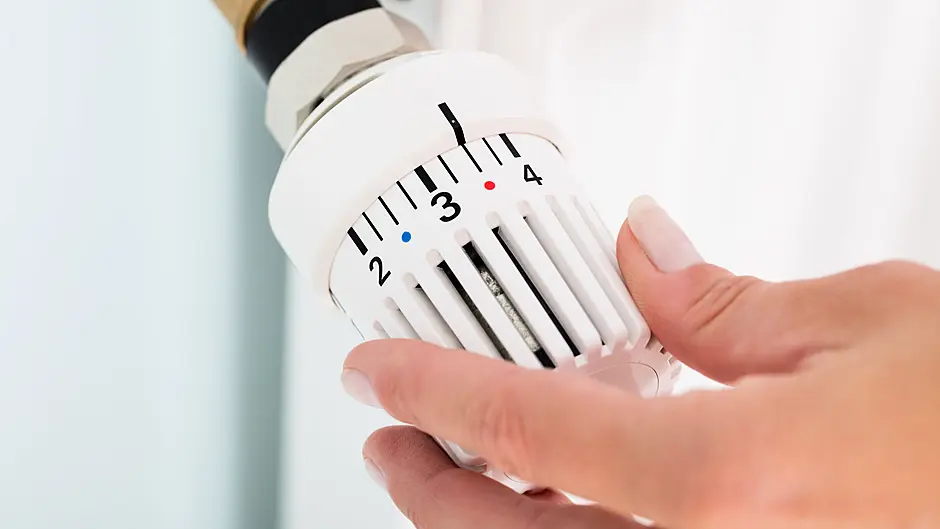Heating and plumbing systems can be confusing and unnecessarily expensive if you’re not properly informed. Do your homework first, writes Conor Power.
WHEN looking at your heating and plumbing needs while doing a retrofit, it’s easy to get pushed into decisions.
We live in an era where all issues surrounding energy and the future are discussed in increasingly panicked and shrill voices. There is a pervading sense of panic to get ready immediately and to stop the world burning as soon as possible.
It is with good reason that there is a sense of urgency, but it’s important not to let a sense of panic set in when looking at one’s options. The important thing is to ensure that you’re well informed about what you are going to do before you do it.
‘The main questions that you should ask yourself are: “Is this going to work for my home?” and, “If I choose this option, how long will it take to return the cost of my investment?”’
So says Oisín McGivern, owner of Clonakilty Plumbing & Bathrooms. When considering retrofitting your home to make it as energy-efficient as possible, there is only one place to start, he says. And that’s with knowing your home’s BER (Building Energy Rating) level.
‘The first place that a homeowner should start is by getting an energy rating first,’ says Oisín. ‘At least then, they have an idea of what they can or can’t do.’ The problem is that there’s no shortage of companies out there who will not hesitate to sell you a heat pump or a PV (photo-voltaic) panel but unless you know what you have, you’ll only start on the wrong footing.
‘Unless the house is properly insulated and you have the right energy rating for it, you’re wasting your time, really,’ says Oisín, ‘because it’s not going to be efficient to get something installed that’s just going to be drawing power from your electricity supply all the time and not work properly.’
One of the more expensive options that people are encouraged to go for are heat pumps. They have been around for a number of years now and they can make a home’s heating system extremely efficient and save the homeowner money in the long run.
However, heat pumps (which need to be replaced once every 10-15 years) are really only worth it for a modern home and installing them in an older and less efficient property is more likely to cost the homeowner money with no return for their investment. If your house has a BER level of A or a B, then you should consider installing a heat pump. If it’s lower than that, then you’re almost certainly better off not installing it.
 Heat pumps are really only worth it for a modern home and installing them in an older and less-efficient property is more likely to cost the homeowner money with poor long-term return for their investment.
Heat pumps are really only worth it for a modern home and installing them in an older and less-efficient property is more likely to cost the homeowner money with poor long-term return for their investment.
If your heating system is run on oil, it’s important to ensure that boiler is a condensing boiler and not one of the older types. The condensing boiler has been around for almost twenty years. It works similarly to a turbo engine in a car engine, in that it re-circulates the fumes that come off the boiler and burns them, making the boiler more efficient.
‘The next area I’d look at would be to have a “heating upgrade”,’ says Oisín. ‘This is where you’d put thermostatic radiator valves on your radiators, as opposed to the standard manual ones. With that, you’d also have motorized valves on the heating system. That would enable you to control the heating upstairs in the house and control the heating downstairs and control the hot water.
 If your home has a good BER rating, the smallest adjustments to your heat settings can have a big effect on your bills.
If your home has a good BER rating, the smallest adjustments to your heat settings can have a big effect on your bills.
‘So it more-or-less splits the house into three separate systems, rather than with the traditional system where you turn on the heating and the radiators are on all over the house, as well as the water being heated. With the upgrade, you can control each element separately and it makes the system much more efficient.’
The beloved open fireplace is another area of inefficiency in the home and any retrofit for efficiency would not work without replacing it with an inset stove and lining the chimney with a flexi-flue. Another step would be to put in a pellet stove.
‘A typical 8kw stove which would do a large living room and kitchen would take a 15kg bag of pellets that would last about three days. They’re fully hot in a few minutes and you’d only have about a teacup-full of ashes after that.’
It’s also worth bearing in mind in all of this that there are other changes coming down the line. The use of biomass oil such as vegetable oil is soon to become the norm. It’s already the case in the UK that oil burners will soon be allowed to burn vegetable oil – something that will have a transformative effect on the idea of an oil burner which will no longer be burning fossil fuels and a fuel that’s far more efficient.
Which all goes to underline the main point – that when it comes to retrofitting, ensure you’re well informed with regard to your own specific needs before you put pen to paper.
 A typical 8kw stove which would do a large living room and kitchen would take a 15kg bag of pellets that would last about three days.
A typical 8kw stove which would do a large living room and kitchen would take a 15kg bag of pellets that would last about three days.
This article originally appeared in The Southern Star's Autumn Home and Garden supplement. Subscribers can read the full supplement via our ePaper.








